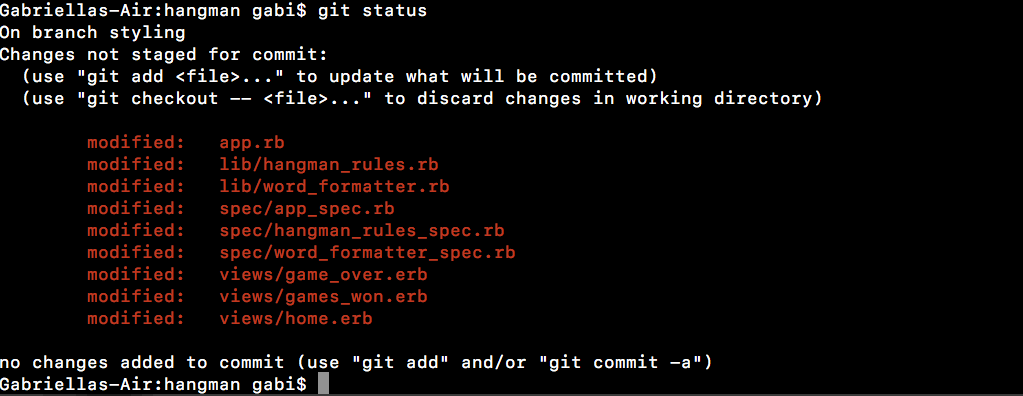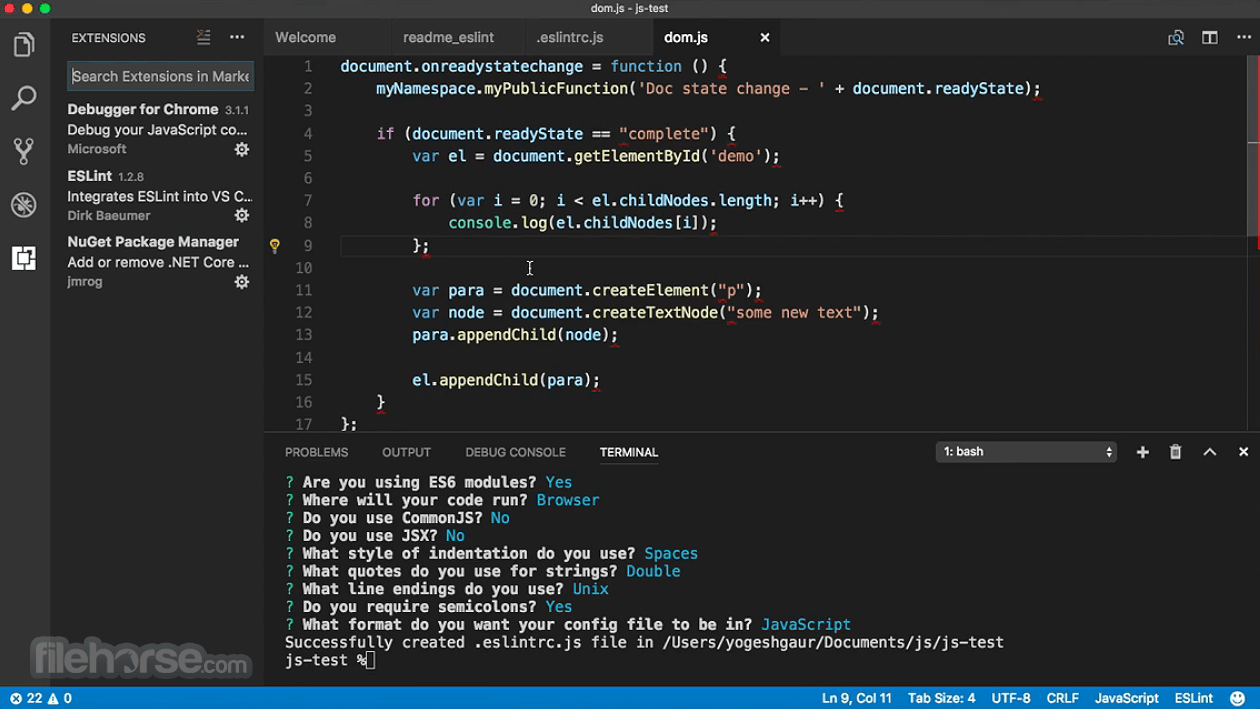
- Git stash new files how to#
- Git stash new files code#
git stash is one of the most crucial commands to use in the process.
Git stash new files how to#
Knowing how to git save local changes temporarily lets you switch branches without losing your changes.
How to delete a copy of the temporarily saved changes. How to restore git’s temporarily saved changes. Git stash vs the commit, stage, and reset commands. Distinguish git stash from other git commands. How exactly does the stash command work?. How to properly git save local changes temporarily. Lab setup to explore git save local changes temporarily. Examples of situations to save local changes temporarily in git. Git save untracked local changes temporarily Delete all stashes without restoring changes Restore discarded changes and delete the backup Restore the stashed changes while keeping the copy git save local changes temporarily with a reminder. git stash cheat sheet to save local changes without commit. Need to add untracked files and otherwise ignored files into the git stash? Here's how to use the -include-untracked and -all git stash push options. How to git stash untracked files with a push. Git stash new files code#
Here's how to merge and resolve this issue and clean up code for proper programming.
 How to easily merge and resolve git stash pop conflictsĭon't let a conflict with git stash pop derail development. Compare git stash pop and git stash apply for file restoresĭo you want to save or delete your stash entries? Your choice will determine the outcome of the debate between the git stash pop and git stash apply command. Git stash is a simple command that lets you temporarily shelve changes and hold your place for when it's time to return to your original task. An example of how to use the git stash commandĭevelopers must occasionally pivot quickly from one task to another. Follow this git stash tutorial to learn the ins and outs of this Git command. Sometimes developers need to jump off the main distributed development branch to local storage. Learn how to save to local storage in this git stash tutorial. That's why it's recommended that a developer use git stash pop to restore conflict-free files instead of the complementary git stash apply command. If changes must be stored over a prolonged period, commit those changes to a topic branch.Īs such, the idea of a keeping a local stash around for an extended time runs counter to the basic philosophy of distributed version control with Git. Use the stash for temporary, short-term storage of file system changes. : WIP master: c112505 git stash apply example Git stash pop and apply best practicesĭevelopers shouldn't shelve Git changes in the stash too often. $ echo "no git stash pop conflict" > stash-pop.html $ echo "git stash pop and apply" > stash-pop.html Notice that the git stash list command issued after the pop indicates that there is no stash history. Use the git stash pop command to restore the stashed file. The apply and pop commands are two of the most common ways to interact with the git stash. They can either resolve the git stash pop conflict, or they can discard the changes and continue, knowing that all the stashed code is still stored on the local file system for future reference. If a developer modifies workspace files in such a way that a git stash pop conflict arises, the pop behaves exactly like the git stash apply command. One of the finer details of git stash pop is that it must run successfully for the drop operation to occur. How does a git stash pop conflict affect code? If the apply and drop commands are invoked separately, the result is identical if the git stash pop command was invoked.
How to easily merge and resolve git stash pop conflictsĭon't let a conflict with git stash pop derail development. Compare git stash pop and git stash apply for file restoresĭo you want to save or delete your stash entries? Your choice will determine the outcome of the debate between the git stash pop and git stash apply command. Git stash is a simple command that lets you temporarily shelve changes and hold your place for when it's time to return to your original task. An example of how to use the git stash commandĭevelopers must occasionally pivot quickly from one task to another. Follow this git stash tutorial to learn the ins and outs of this Git command. Sometimes developers need to jump off the main distributed development branch to local storage. Learn how to save to local storage in this git stash tutorial. That's why it's recommended that a developer use git stash pop to restore conflict-free files instead of the complementary git stash apply command. If changes must be stored over a prolonged period, commit those changes to a topic branch.Īs such, the idea of a keeping a local stash around for an extended time runs counter to the basic philosophy of distributed version control with Git. Use the stash for temporary, short-term storage of file system changes. : WIP master: c112505 git stash apply example Git stash pop and apply best practicesĭevelopers shouldn't shelve Git changes in the stash too often. $ echo "no git stash pop conflict" > stash-pop.html $ echo "git stash pop and apply" > stash-pop.html Notice that the git stash list command issued after the pop indicates that there is no stash history. Use the git stash pop command to restore the stashed file. The apply and pop commands are two of the most common ways to interact with the git stash. They can either resolve the git stash pop conflict, or they can discard the changes and continue, knowing that all the stashed code is still stored on the local file system for future reference. If a developer modifies workspace files in such a way that a git stash pop conflict arises, the pop behaves exactly like the git stash apply command. One of the finer details of git stash pop is that it must run successfully for the drop operation to occur. How does a git stash pop conflict affect code? If the apply and drop commands are invoked separately, the result is identical if the git stash pop command was invoked. 
In more technical terms, the git stash pop command is a combination of git stash apply and git stash drop.


Once the git stash pop command is successfully invoked, the stash is permanently deleted and can never be accessed again. It pulls the most recent stash from history, makes the appropriate changes to files in the local workspace and then deletes that entry from the stash history. Think of the git stash pop command as a two-step process. If a developer ever feels the need to use that restored stash again, it will be saved in the local file system. In contrast, the pop command restores files but then deletes the applied stash. When a developer uses the git stash apply command, the most recently saved stash overwrites files in the current working tree but leaves the stash history alone. The key difference between git stash pop and apply involves the stash history. But which one should you choose? The choice between git stash pop versus apply really boils down to how long you want to keep the banked changes. When developers pull a stored snapshot from the git stash, they can use either the pop or apply option.








 0 kommentar(er)
0 kommentar(er)
